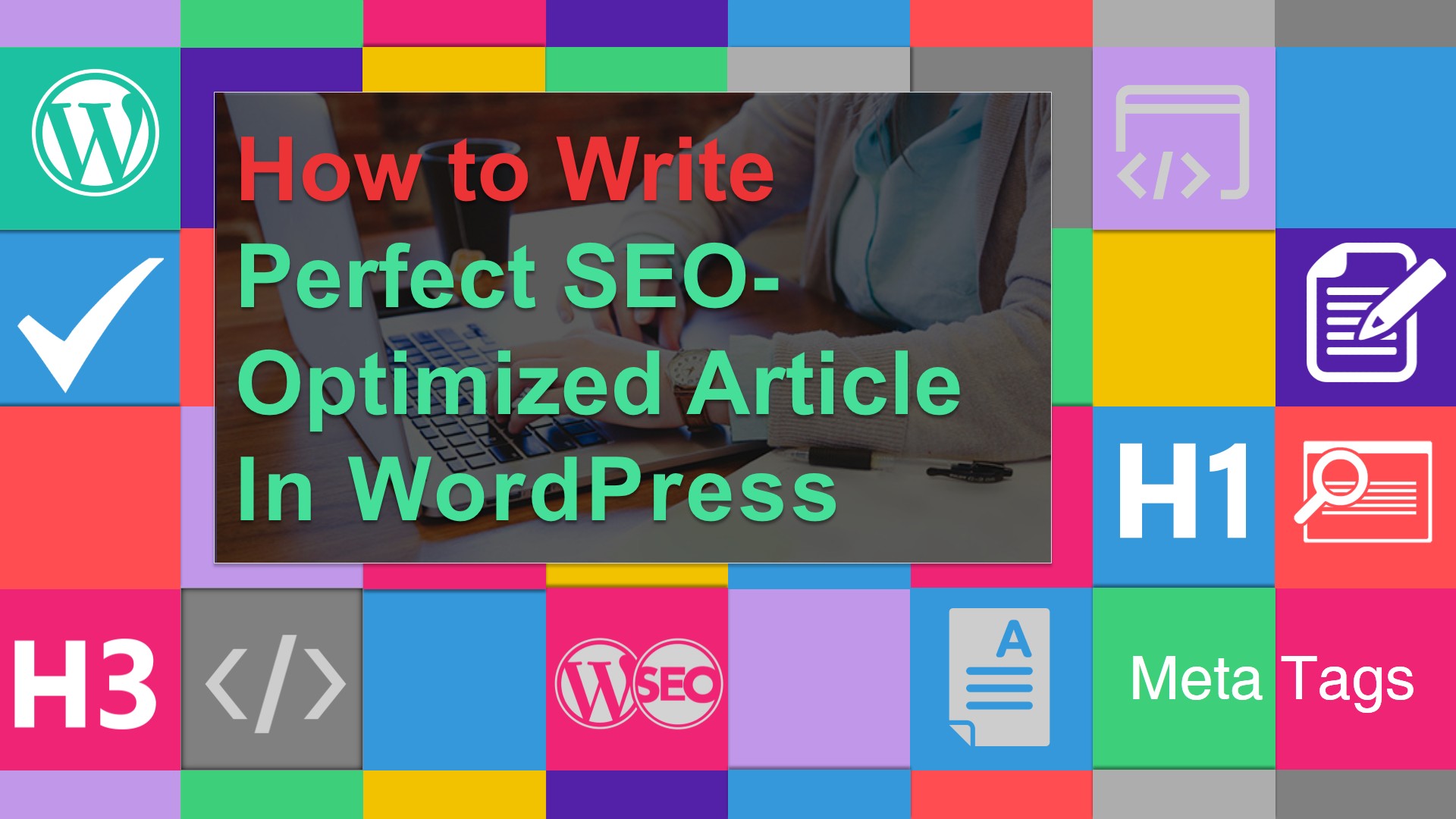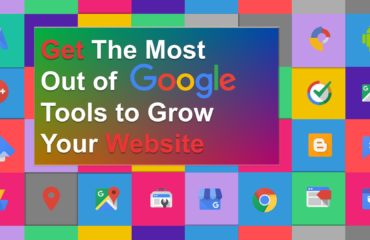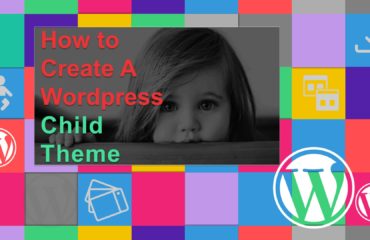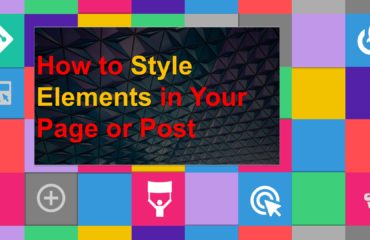
What You Need To Know Before Publishing Your Article
In this article, I’m going to share some tips with you on how to write SEO-optimized articles that will rank better in search engines. I manage several blogs, and I’m excited to share my experience with you and walk you through the steps on what to consider before writing a new blog article.
If you still haven’t created your blog or WordPress website yet, please check out my guide on How to Start a successful WordPress Blog. If you already completed this step, here are several things that you should keep in mind.
- Article Title
- Article Meta Title
- Subtitle
- Post image
- Image description
- Image Alt text
- Image title
- Breadcrumbs
- Headings
- Article
- Spell check
- Article Meta description
- Meta keywords
- Focused keyword
- Long-tail key word
- Font style (italics-bold-underlined)
- Internal links
- External links
- Anchor text
- Permalink
- Tags
- Social Optimization (Titles and Image)
- Author info
- Schema tags
-
Article Title
The title of your article is the first impression that you make on the reader, and is used for both grabbing attention and SEO. Never underestimate the power of an excellent article title and featured image, because they determine what the next step of the user will be. Put some thought into the title and make it interesting (think: to get the user clicking), add keywords, and try to convey the main idea of your message in five words. For example, adding teasers would be a good idea to get people interested, but don’t go overboard and turn them off.
Article title: How your reader sees the title of the post on your website.
-
Article Meta Title
The article meta title is the title tag that appears in search engines such as Google and Yahoo. The meta title must be crafted with care, must make sense to the reader, and must have the main keywords of your article included in it so that users know what your article is about and click on it if it’s what they are looking for.
Post meta title: How search engines show your post in search results.
-
Subtitle
Your article’s subtitle is as important as the heading of your post. For subtitles, you can use an H2 and even an H3 heading based on your article’s structure to feature important points in your article and allows users to skim through it. Subtitles also help you add more keywords and focused-SEO to your content, which draws the attention of search engines.
-
Post image
The visual content of your blog post, and especially your featured image is an important part of your blog and should not, under any circumstances be downplayed or chosen at random. Yes, your content is what’s going to be ultimately valuable to your readers but the featured image represents the idea, mood, or theme of your post. Posts and articles can have one or more featured images, and several tools can hep you enhance the visual presentation of your blog. Keep in mind that real images and infographics have a higher Click Through Rate (CTR) than stock images do.
-
Image description
The image description field tells the story behind the picture, how it was taken, and can convey any idea that you want about the image itself. Here’s a secret for image descriptions in WordPress. If you add text to the description field, it’s stored as “post content” for the attachment post. This means if someone lands on the image’s attachment post page, they will see the long description of that image. However, not all themes support this function.
-
Image Alt text or (Alt Tag)
This denotes how Google recognizes your image or how it can “know” what this image is. The term “ALT tag” is a common shorthand term used to refer to the ALT attribute within in the Image tag. Any time you use an image, be sure to include an ALT tag or ALT text within the IMG tag.
- Keep the ALT text concise and descriptive
- Write alt text for readers, and not for search engines. Readers use contextual descriptions to understand the idea behind the image.
-
Image title
Your image title should always be proper, and never an auto-generated number such as image73.jpg, the image title should align with your post title and also include keywords. To ensure that search engines pick up on what an image is about, always use a proper image Title. There are several plugins in the market that will auto-fill your Image title, I would recommend that image title and image Alt text be completed manually, as Search Engines can easily pick spammy content which is generated by most of these plugins.
-
Breadcrumbs
“Breadcrumb” (or “breadcrumb trail”) is a type of secondary navigation scheme that reveals the user’s location in a website or Web application. Most importantly, “Breadcrumb” allow users to track their path from the page they are currently viewing to the home page of your website. If you are using a word press website, and your theme provider doesn’t provide “Breadcrumb” feature, you can add a plugin such as ( Breadcrumb by pickplugins, or Breadcrumb NavXT by John Halvic)
-
Headings
In general, heading are used to highlight the main idea of the article and the emphasized ideas in your blog posts. H1, H2, H3, H4, H5, H6 Headings are different headings you can use to structure the hierarchy of content in your article By default, in any SEO-optimized theme, the post title uses an H1 heading tag . So for the next sub-heading, you can use an H2 heading, and then an H3 heading, and so on.
-
Article
Generally speaking, the body of an article should be between 500 to 1,600 words. Try to aim for 7 minute read, which comes up to around 1,600 words. Regardless of the length of your article however, make sure it never falls below 200 words which search engines classify as “thin content”. This is penalized by most search engines and is usually demoted because it is seen as not useful.
Don’t keep an eye on word count when you write. Find a balance where you can write valuable content and make it SEO-friendly. Nowadays, search engines are focused entirely on the quality of your post and the search experience of the end user. If it takes you 1,000 words to fully convey your message, by all means that’s great. But if you can say it all in 600, that’s even better. Here is a checklist to help you go over all the elements which you need to consider when writing your article.
- Have I mentioned everything about this topic?
- Does my article give value to the reader?
- Did I answer all the questions I can about this topic?
- Have I showcased the product or service I am using to make money?
- Is the keyword use correct and relevant?
- Does the post encourage users to take action?
- Is my next step clear?
-
Spell Check
Running a spell check on your article is a must, even great writers make typos. You can install the Grammarly tool on your browser for accessible, instant auto check.
-
Article Meta description
The article Meta Description is a 156-letter section that is found below your article’s link on search engines. Meta descriptions give information on what this link is about. Usually, this is the 2nd thing that the user looks at before making a decision to click after reading your title when looking for something in a search engine. Make sure you add details and attention-grabbers that attracts your audience to your message.
-
Meta keywords
The meta keywords are the keywords that you want your page to rank for, so that when people search for that keyword, they’ll find you. For blog posts, you should aim for long-tail keywords (phrases that contain multiple words). Once you have found a long-tail search term you want people to find you by, you can use Google Trends to see whether there are a lot of people looking for it and adjust it if need be.
-
Focused keyword
The focused keyword is the main keyword that you would like your article to rank for. Coming up with a random keyword for your article will not be effective and takes a lot of thought, so you should build a strategy around the keywords that you want to use to drive traffic to your blog. You can also use tools like Keyword Planner from Google Ad Words.
-
Long-tail key word
After choosing a focused keyword, it’s the time to support it by generating long tail keywords which are specific to what you are selling. Long-tail keywords are more specific and less competitive than generic keyword terms, and they help your rankings when people use the long tail keyword instead of the core keyword which the article holds. Long-tail keywords usually contain at least three words.
-
Font Style (italics-bold-underline)
Bold, Italics, and underlined font styles can be used to highlight, denote and to add emphasis to your content. Bold is used to highlight the text and capture attention, Underline is used to denote what one is discussing and Italics are used in the conversational type of sentences, dialogues, and names.
Bold or strong
- Important sentences.
- Highlighting keywords.
- Important terms.
Italics or emphasis
- Highlight phrases or thoughts
- Names of books, blogs, newspapers, etc.
- Conversation or dialogues
- Imagination or story
- Highlighting keywords
Underline
- Definition (SEO stands for Search Engine Optimization, is…)
- Linking
- Highlighting keywords
-
Internal links
An internal link is a hyperlink on a webpage to another page or resource, such as an image or document, on the same website or domain. These internal links can either help readers understand a concept by linking to another resource you provided previously, and can be used to gain more views. Use internal hyperlinks to keep your audience on your website by connecting your pages with links.
-
External links
External Links are hyperlinks that point at (target) any domain other than the domain the link exists on (source). To make sure you audience does’t bounce of your website, make sure to wrap all your external hyper links with a “Target=_blank”, so that the link opens in a new windows.
-
Anchor text
Anchor text is the clickable text that redirects a user to another webpage once clicked. Anchor text is relevant to the page you’re linking to, rather than generic text. Anchor text has several types such as (Exact match, Partial match, branded, naked link, generic and Image anchor)
-
Permalink
The permalink is usually detected from the title of the page and is automatically implemented into your post. Always double-check your permalink before you publish your post and remove any stop words like (“To” “a“ “I’D“ “adj“ and “etc“) (For a comprehensive list of stop words check Link Assistant ). You cannot control the anchor text in your website which links to other blogs, and you often don’t have any control over the anchor text that other sites use to link back to your own content.
Note: Never change your post permalink once the post is published.
-
Tags
A tag addresses items you discuss on a particular blog post, and is only a word or two that reflects the keywords or points of your article. Tags are used to link several articles that discuss the same subject and include them all in under one category. Finally, Tags can help the user find a particular subject to read about on your blog if they are not interested in other types of articles you write.
-
Social Optimization (Titles and Image)
To optimize your article on social media, we’ll need to work with each platform independently. In other words, Facebook is different from Instagram and Twitter is different than Pinterest.
For Facebook, we can use Facebook’s OpenGraph. In a few pieces of metadata you declare:
- What type of content you have
- What the locale is
- What the canonical URL of the page is
- The site name and title page
- What the page is about
- Which image / images should be shown when this post or page is shared on Facebook
Twitter has something similar in its Twitter Cards. Twitter Values are:
- The type of content / type of card
- Image
- Description
- The twitter account of the site / publisher
- The twitter account of the author
- The “name” for the domain to show in a Twitter card
-
Author info
If you are an author, and you want to highlight this on your website, you might want to consider adding an Author card in the side bar and include a short description about you (The Author) and links to your social media platforms. WordPress provides a user section where you can input that information, but if you would like to take this to the next level, free plugins like ( Download WP Author Info By Ghuwad, or WP Author Bio By penguininitiatives) can help you add creative Author cards to your blog.
-
Schema tags
Schema tags are how google and other search engines identify your article and categorize it as news articles, piece of investigative reporting, recipes, services, or if it’s an “How to article”. To learn more about Scheme properties and extensions that you can utilize, visit Schema.org.
Conclusion
After you have completed all the steps, click “Save Draft,” and then click “Preview”to see how your article looks like. Once you are completely satisfied with the results, you can “schedule post”, or post it immediately. To see how your schema markup is looking, use Google structure data marking tool.
Note: In this article I have completed a small section of On-page optimization. Implementing everything mentioned above is very important if you are considering to rank on Search Engines, but this work alone is not enough as ranking your website consists of several stages other than page optimization strategies, which will be covered in other posts.



